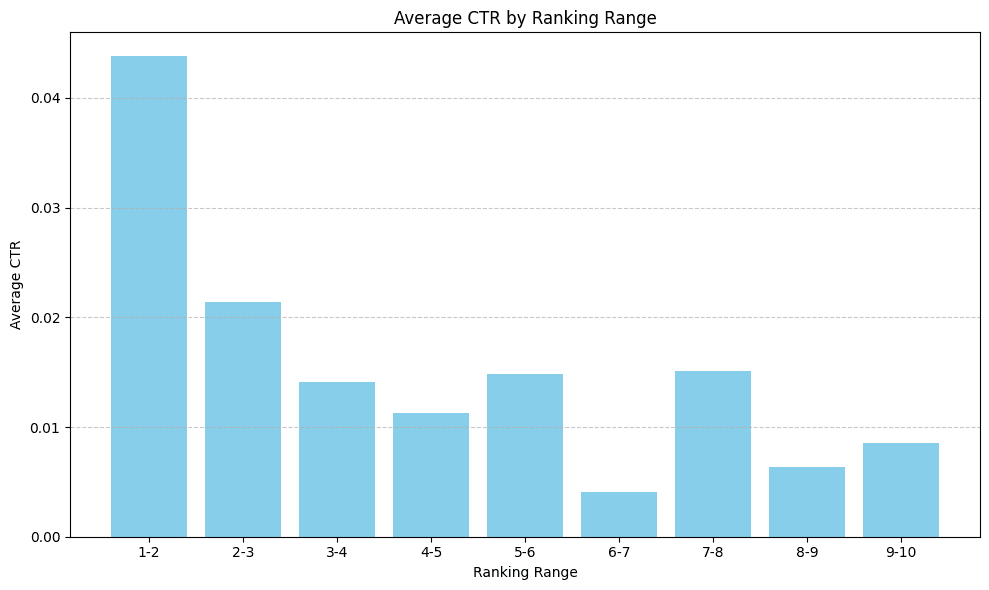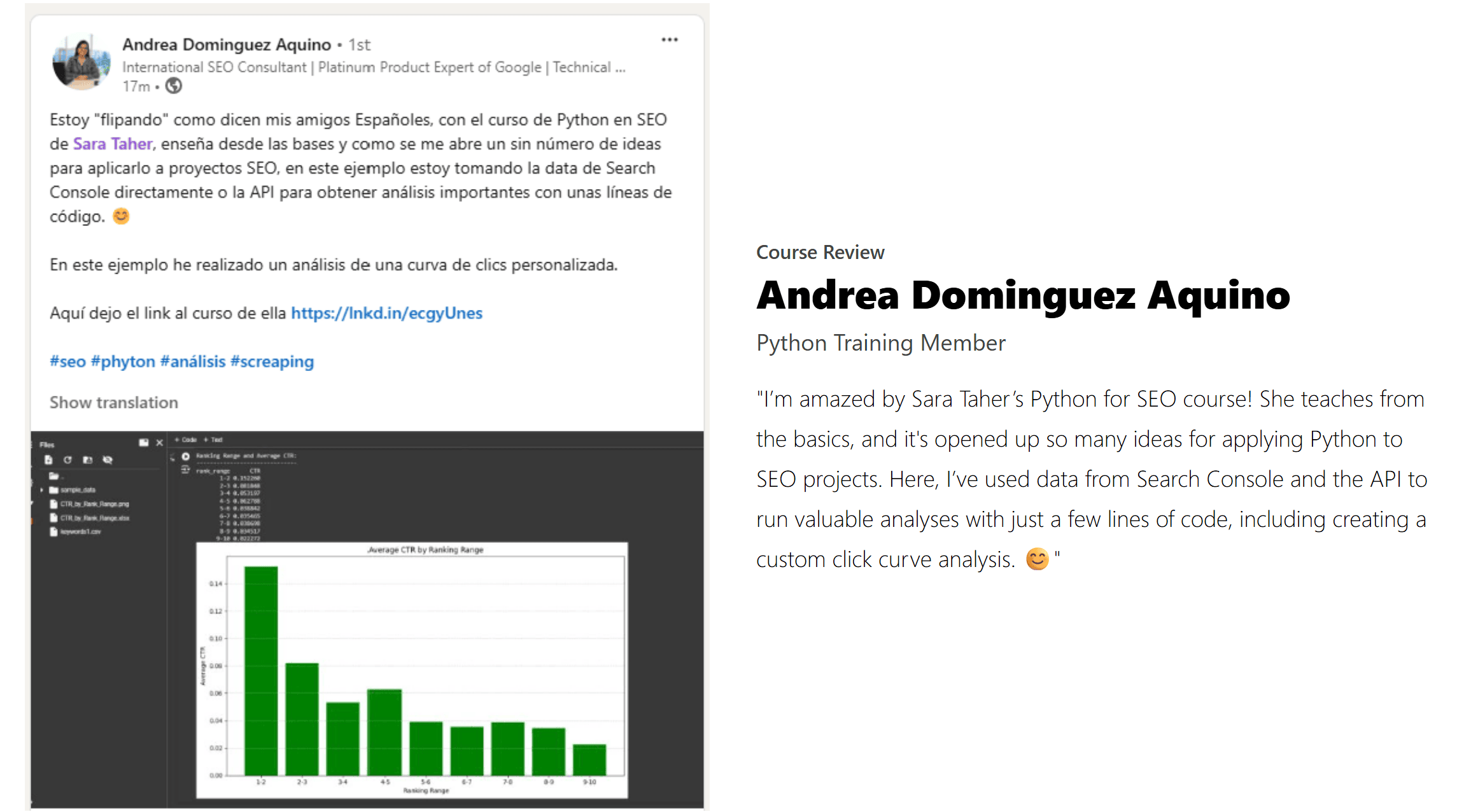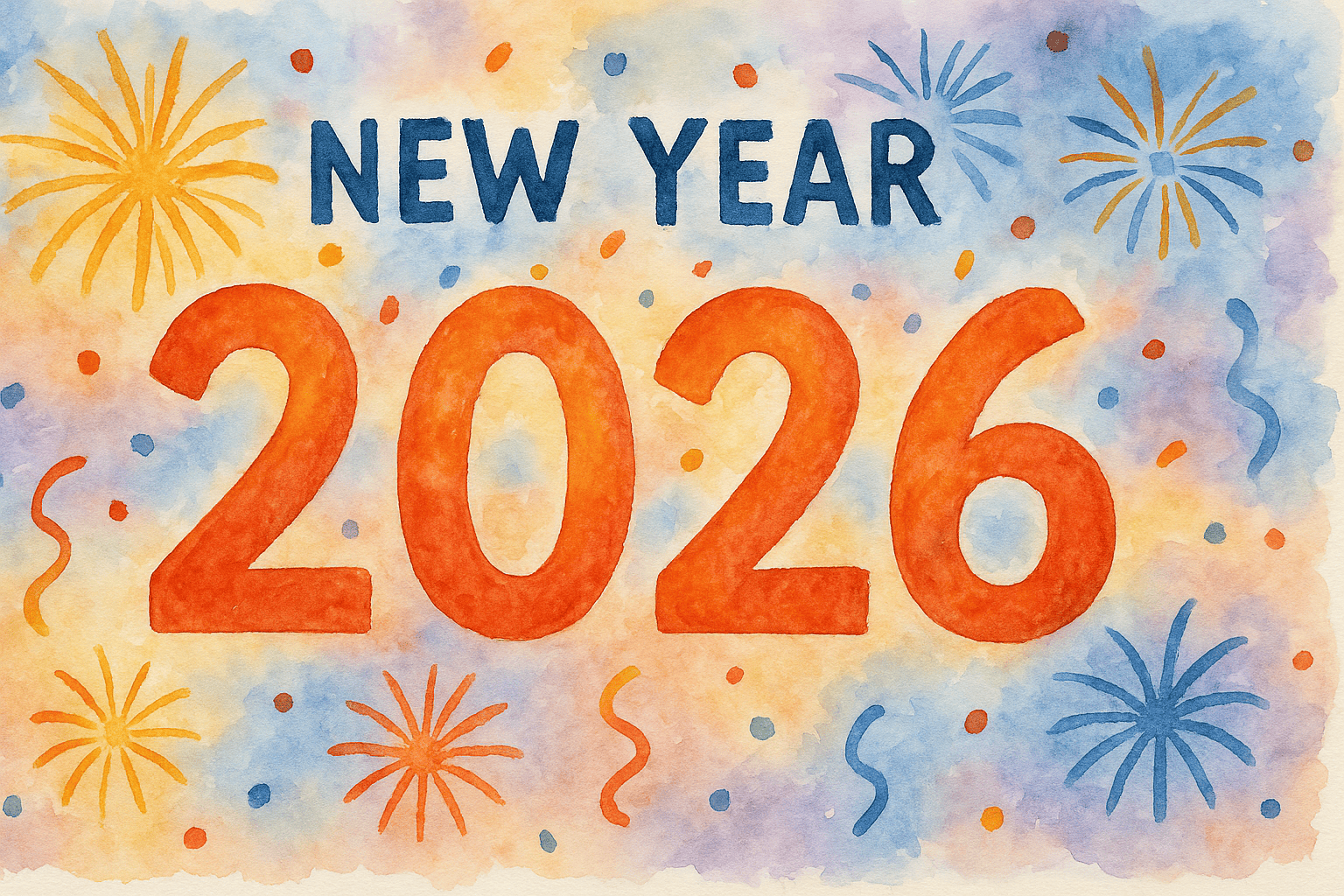Ranking in The Top Five

Hello Riddlers!
Today's newsletter sponsor, is myself 😄
Check out my python course --> Python for SEO
I had a recent chat with a fellow SEO about SEO rankings (recording of the session is at the end of the article).
In the midst of the AI revolution (or apocalypse, depending on how you want to see it 😄), I'm seeing less and less talk about rankings and more about LLMs, AI bots, citations, training data, and all that jazz.
So talking about ranking felt weird in a weird way 😄😄😄 Are we outdated and living in the past? Nope! Google is still by far the largest traffic referrer on the internet [1].
Why did we stop talking about rankings then? I guess it sounds smarter when we're chatting about complex AI/ML issues, right? The new thing that everyone is still learning about... 🤷♀️
So in this newsletter, I’m sharing some thoughts about improving your rankings when you're already on the first page.
Impact Vs Effort
We tend to forget that we're trying to get some ROI from rankings. If you're ranking on the first page of Google, let's say 5th, and you want to increase your rankings to 2nd position or third.... you gotta ask yourself, is it really worth it?
Why? because the effort to move up from fifth position to second or third is big, really big. How much more traffic is this going to get you?
How to find this out? there are 3 ways:
--> look at the top competitors for the keyword in Ahrefs, and get an estimated of the traffic those URLs are getting compared to you.
--> Use the AWR CTR tool to get an estimate for the CTR of the position you want to move to.
--> Create a custom click curve.
What is a custom click curve?
A custom click curve represents the CTR your website typically receives at each ranking position. In other words, it shows—based on your own data—how much traffic you can expect if you rank first, second, third, and so on for a keyword.
How to build a custom click curve for your website?
You'll need to either export your data from GSC or use GSC API. Either way, once you have your data all ready, you can use chatgpt to create a python script.
Here's an example from my website data. The bar chart shows that, ranking between 5th and 6th positions, can get me more clicks than say 3rd, 4th or 5th. Cool stuff right?

Shameless plug, I have a lesson in my Python for SEO course on that exactly.

Word count is not a ranking factor, but it matters
Understanding the word count of your competitors who are already ranking high in search is important. Why? Because it shows you the "depth" or coverage you need to have.
Can this topic be covered in 500 words? Or 3,000 words? What is enough for the user and Google?
Please keep in mind that I highly recommend you check the content length and on-page elements of competitors both on the first page and the second page.
Why? Because the top 10 ranking URLs are not just about content quality—there are other factors that come into play.
Page signals, and site-wide signals
When you're trying to zero in on a specific page and improve it's rankings for a keyword, you need to start by looking into all the on-page elements first.
Why? In court documents, Google claims that, most of the page quality signals are derived from the webpage itself.
So what you need to do is:
- get a list of top ranking URLs that are outranking you
- look at every on-page element, and this is not only title tags, h1, but every single thing on that page.
- for example if your competitors have a video on the page, then you also need to have a video.
- other aspects to look at: page speed, word count, CTRs, entities, etc...
- what you're trying to do is basically "up" your competitor on every aspect of the page.
the next thing, is to look at site-wide signals. Links and brand mentions to their homepage for example. How much topical coverage do they have (blogs about the topic) vs. how much ground are you covering?
And That’s a Wrap (Almost 😄)
We should not forget about rankings, this remains our main focus!
Here's the session recording!
Hope you found this useful and see you next newsletter!
Support the SEO Riddler!
- Sign up for my newsletter if you're not already.
- Share the newsletter and invite your friends to signup. Help me reach 2k signups by end of 2025 please 🙂
- Provide feedback on how I can make this newsletter better!!!
- Buy me coffee.
- If you're an SEO tool or an SEO service provider, consider sponsoring my newsletter. I'm also open to other partnership ideas as well.
Disclaimer: LLMs were used to assist in wording and phrasing this blog.
Sources:
[1] Who Sends Traffic on the Web and How Much? New Research from Datos & SparkToro
The SEO Riddler Newsletter
Join the newsletter to receive the latest updates in your inbox.



